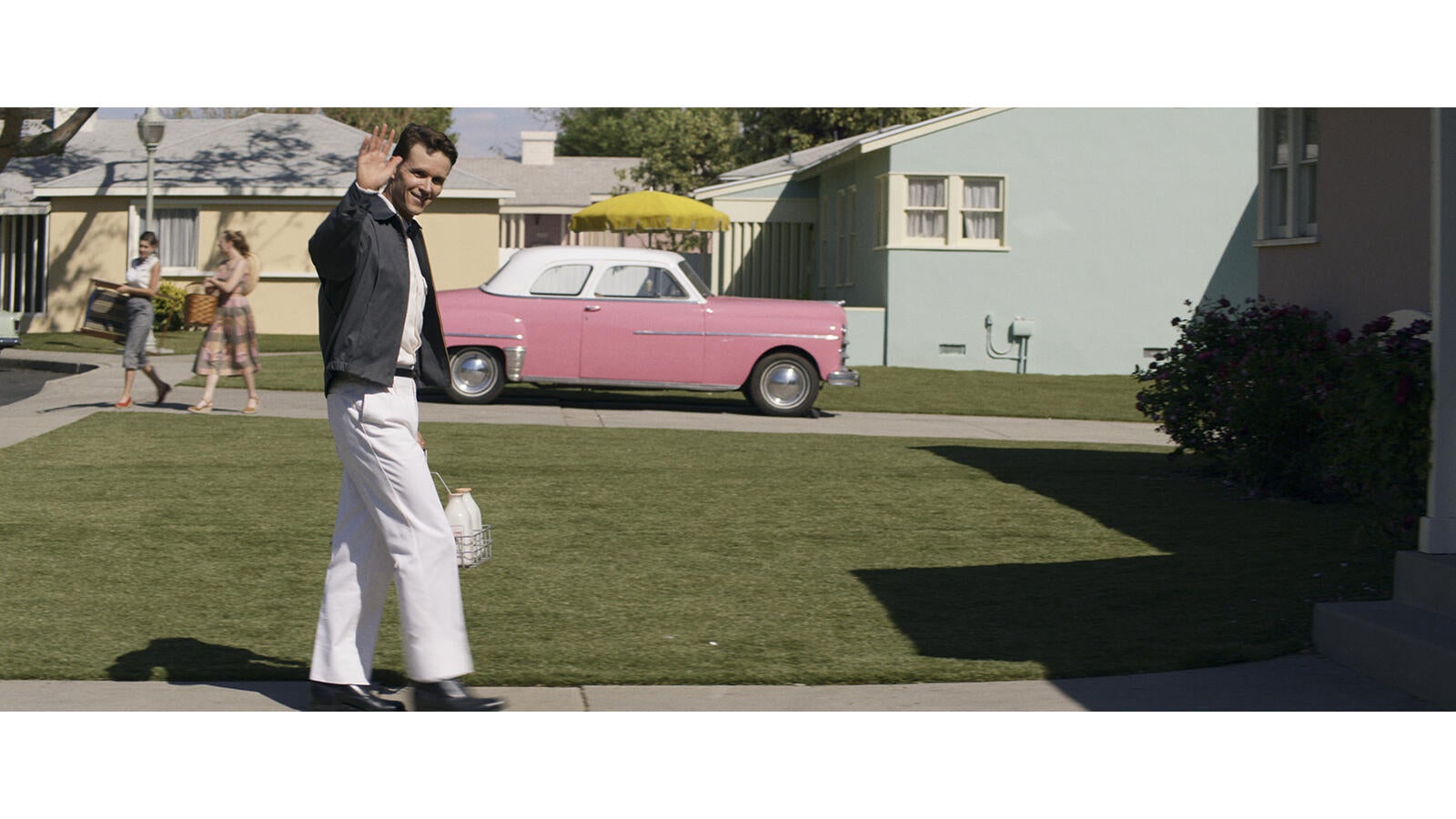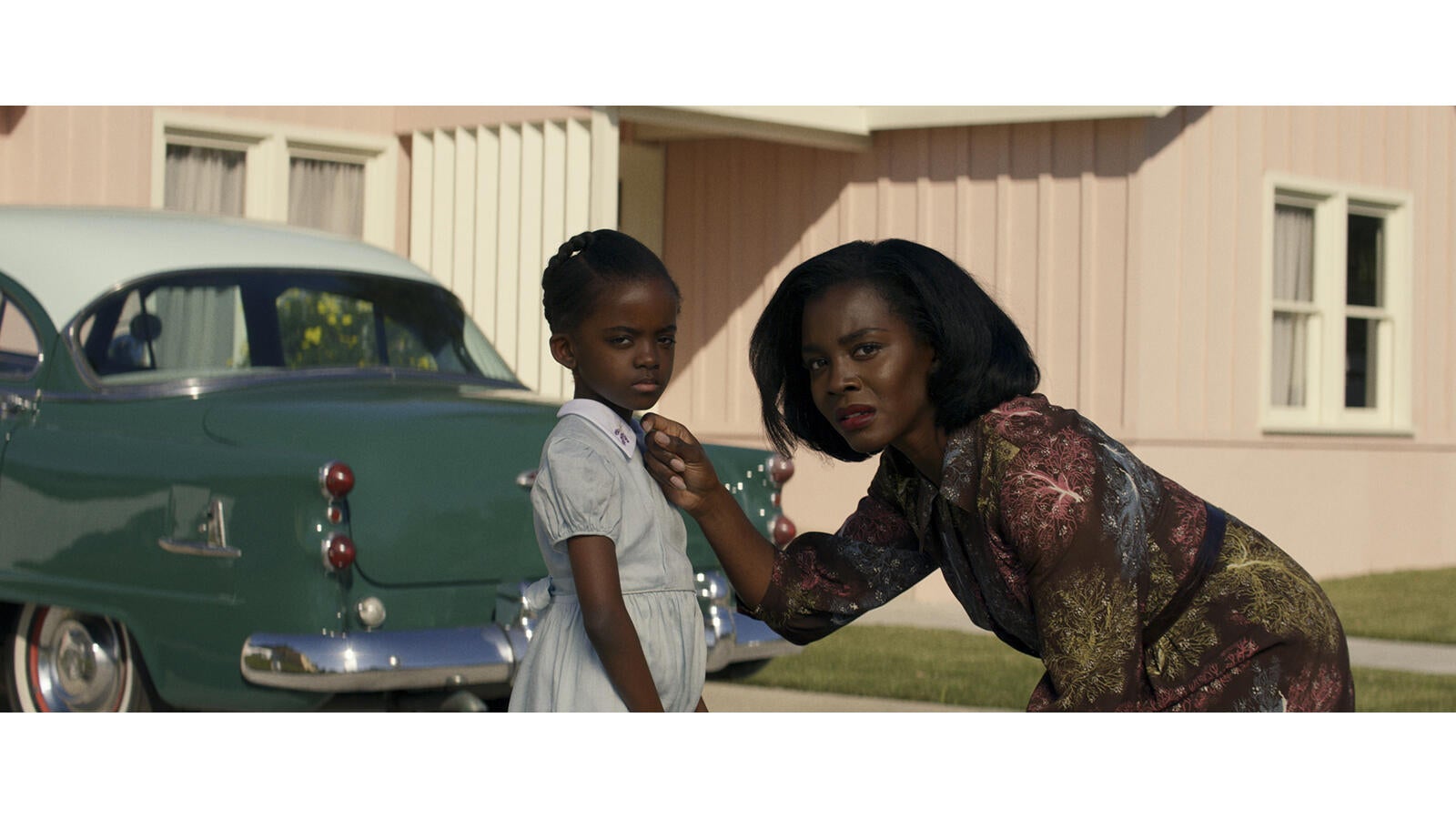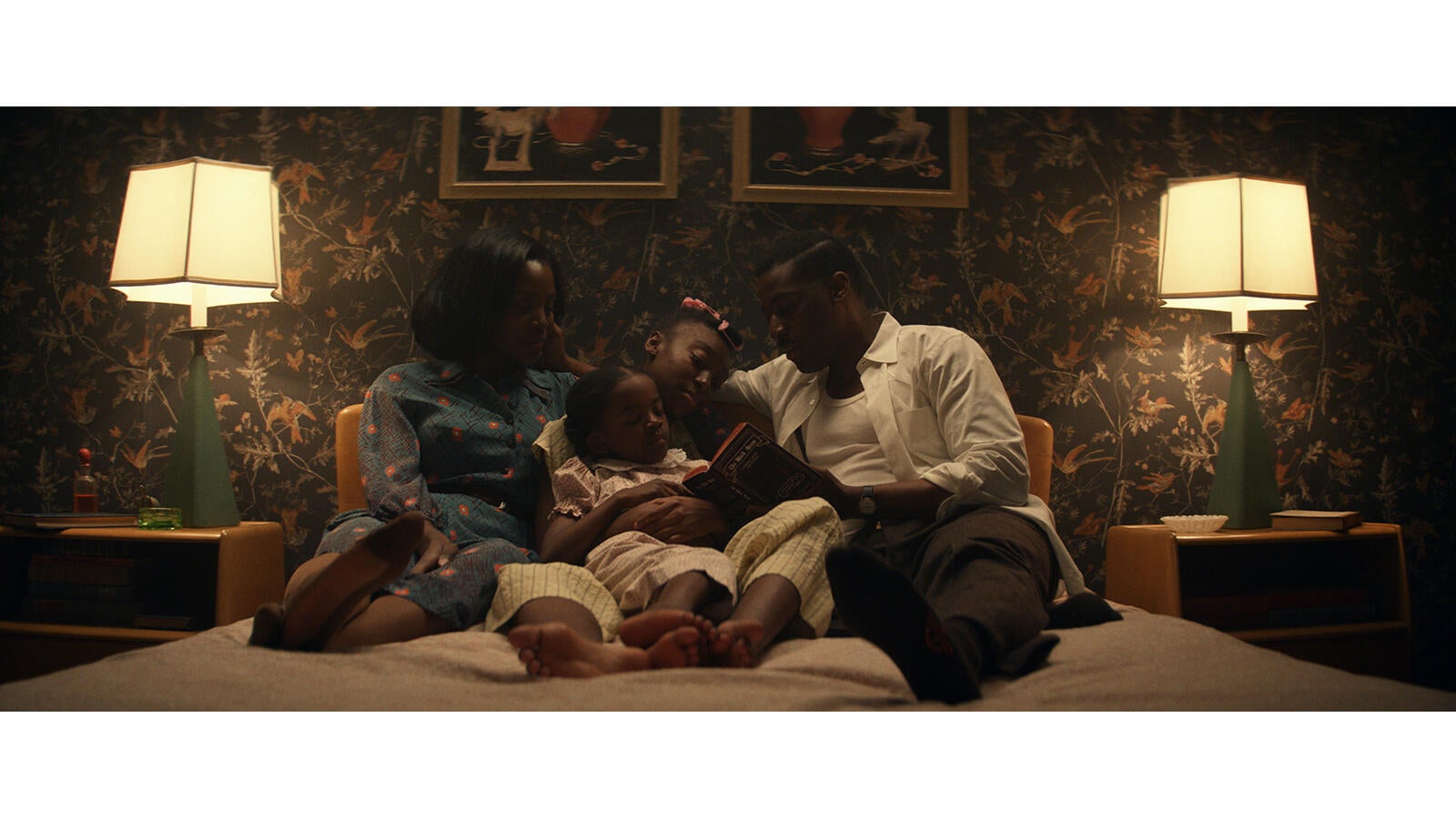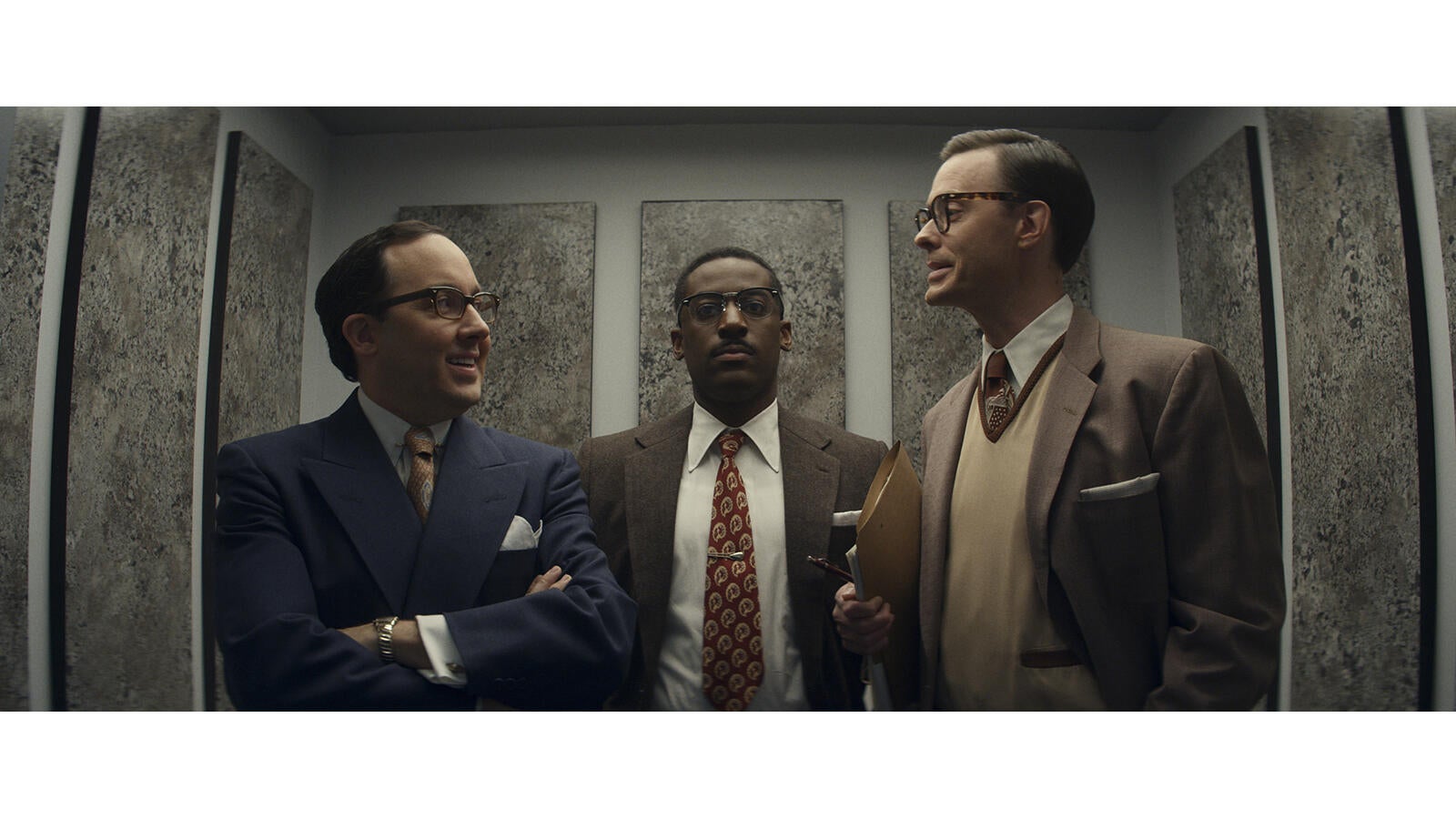Shot On VENICE: DIT Daniele Colombera Talks Workflow on “Them”
13th May 2021
With a credit list that spans films such as “Logan,” “Ant Man and the Wasp,” “Avengers: Infinity War,” “Deepwater Horizon,” and most recently, Disney’s “Jungle Cruise,” DIT Daniele Colombera took a pause from tentpole films to work on the television show “Them,” which was halted in March and resumed again in August 2020. “We were the last project to shut down, and among the first shows to pick up in August,” he said. In the last three weeks before the pandemic shutdown, “I was wearing a face mask because we were shooting with smoke every day on set, but I quickly upgraded to an N95 for additional protection. That became the omen of a new normal for everyone.”
Before “Them,” Colombera worked with Sony VENICE on several projects, from “R&R” directed by Rodrigo Prieto, ASC to “Black and Blue,” lensed by Dante Spinotti, ASC. “Since I had the chance to run extensive tests and work closely with Technicolor during a previous project, I came to the conclusion that, at that time, ACES didn’t exactly have the same flexibility and the color accuracy of the native Sony color space.” When later they shot the camera test for “Them,” “we decided to use the proprietary Sony LUT in order to have a very neutral starting point, and then we played with that footage in the DI suite with Stefan Sonnenfeld, at Company 3,” he said.
For
Colombera, “my goal was to work with a show LUT that could give us the
flexibility of where I could bring the color to; a LUT that doesn’t have a keen
look, because there is a lot of potential in the CDL.” Together with Sonnenfeld
and cinematographer Checco Varese, ASC, they screened and analyzed the footage
that was shot, “and we went with a CO3 LUT that had a very balanced and neutral
color rendition, with a hint of coolness in the shadows and a small amount of
warmth in the highlights,” he explained.

All photos courtesy Amazon
Because “Them” is set in the early 50s, the creative team wanted to be able to capture the specific colors of the time period, and costumes and production design had a huge role in creating that. “We wanted the look to reflect the memories of that era, and capture those colors with accuracy, without an artificial shift in color due to processing and film emulation. The Sony VENICE 16-bit color depth gave us a faithful rendition of skin tones, costumes, sets and foliage. The color pipeline we put together was meant to keep the color as accurate as possible yet giving us all the freedom to enhance it.”
X-OCN ST was the format of choice for “Them.” Colombera added, “RAW is the holy grail of digital negative, and Sony VENICE’s X-OCN format captures and preserves the highest picture quality while keeping files sizes manageable for workflow.” As far as on-set grading, “I used Colorfront On-set Live, a software developed in collaboration with Colorfront. We were able to reference every shot quickly, and the DPs had access to a ton of reference images from other episodes and other scenes to match. Being able to achieve this on set gave the creatives a clear idea of what Checco and Xavier were looking for. We used calibrated Sony OLED monitors as DP reference monitors and throughout the set. Checco insisted that all the monitors match, so that everyone, including the director, gaffer, and hair and makeup were looking at the same image. This was an important element to make the crew comfortable knowing exactly what we were getting.”

Colombera admitted that some color hues are harder to capture than others. “The secret is to streamline the color pipeline and avoid unnecessary color transforms. The accuracy is what conveyed the richness of the palette of our show. Sony VENICE was able to capture that in a true and realistic way. I don’t think we did that much color correction per se, but we built our looks onto a color that was already accurate.”
“Them” was shot in 4K resolution, 6:5 and 4:3 for anamorphic, and 17:9 for the spherical part of the show, with an aspect ratio of 2:39. For the dual-base EI, “We worked mostly at 500 for the day exteriors. In some cases we had to deal with very bright windows or situations where we had specular highlights. On those few occasions, I pushed the camera to 640 or 800 on a 500 base, to benefit from the additional headroom in the highlights.” When working on stage and for most of the night exteriors, “I set the VENICE to 2500 base and we mostly shot at 1250 EI. Besides lowering the noise floor in the shadows, the advantage was if we want to go to 48 fps, we could get the extra stop just switching the camera to 2500 EI. Another situation where the dual sensitivity really comes in handy is when mixing, in low-light conditions, fast prime lenses and slower long zooms. The latter requires different exposure and takes advantage of the higher EI sensitivity. That was a huge plus, because you don’t have to change lighting levels on set and the look stays exactly the same.”

When utilizing the Sony VENICE ND filters for on-set workflow, “they are incredible, we used them all the time. If it’s a bright interior, we could even set the camera to 1250 and use the NDs, without changing anything else. The added benefit is that they are internal so they don’t create unwanted reflections. It’s a heartfelt combination of camera sensitivity and internal NDs that allows us to do fine adjustments of exposure and depth of field immediately. Versatility and speed are invaluable on set. I believe Checco and Xavier were both enthusiastic about being able to change the ND filters so fast.”

With the juxtaposition of two very different skin tones in “Them,” Colombera explained, “You have to be careful, because you can’t underexpose. You want to keep a good contrast ratio, which becomes a real challenge when shooting dark, low-light horror scenes. With Black skin, which is quite reflective in a very beautiful way, the Sony VENICE was able to capture that, even in extremely low light situations, thanks to the 2500 base.” With the use of the VENICE, “which is already capturing most of the shadows, I always slightly overexpose the image and bring down the look, so you know it was captured, you just can’t see it. The negative is still rich and has all the information. That helped massively when we used prosthetics, masks and VFX markers to track facial expressions that will be enhanced by CGI.” By slightly overexposing in dark scenes, Colombera could deliver to CGI generously exposed footage they could work with, given that the show is a horror, and naturally dark. “There were some scenes that were lit by candles, lanterns and real fire. If you are shooting a night scene with fire, you need all the dynamic range you can get. The camera was able to capture that, and make the flames look real, not blown out.”

“Smoke is an element that brings more depth to the image. The deeper it is, the more dense, which affects the color and contrast, and my challenge was to keep the look consistent on a shot by shot basis,” he said. “If you have a thin layer of smoke on set and there’s a practical that emits really warm light, that’s going to warm up the smoke around it and the whole scene, almost like a color temperature shift. As we know, the longer the lens, the more ‘compressed’ the smoke is, so that effect is very visible.” With a nod to Varese and Grobet, he added, “Working with such experienced cinematographers, they have the patience to wait a second longer to get the right degree of smoke. It really brought some magic to some interiors, and it was tastefully done.”
Summing up his work, he noted, “The core of what I do is to put the DPs in their best work environment, so they can trust what they are looking at, and they know it will be consistent with what they want in the dailies and in the final DI.”
See all Sony VENICE packages available to you by visiting our website or contacting us on 01895 825 619

